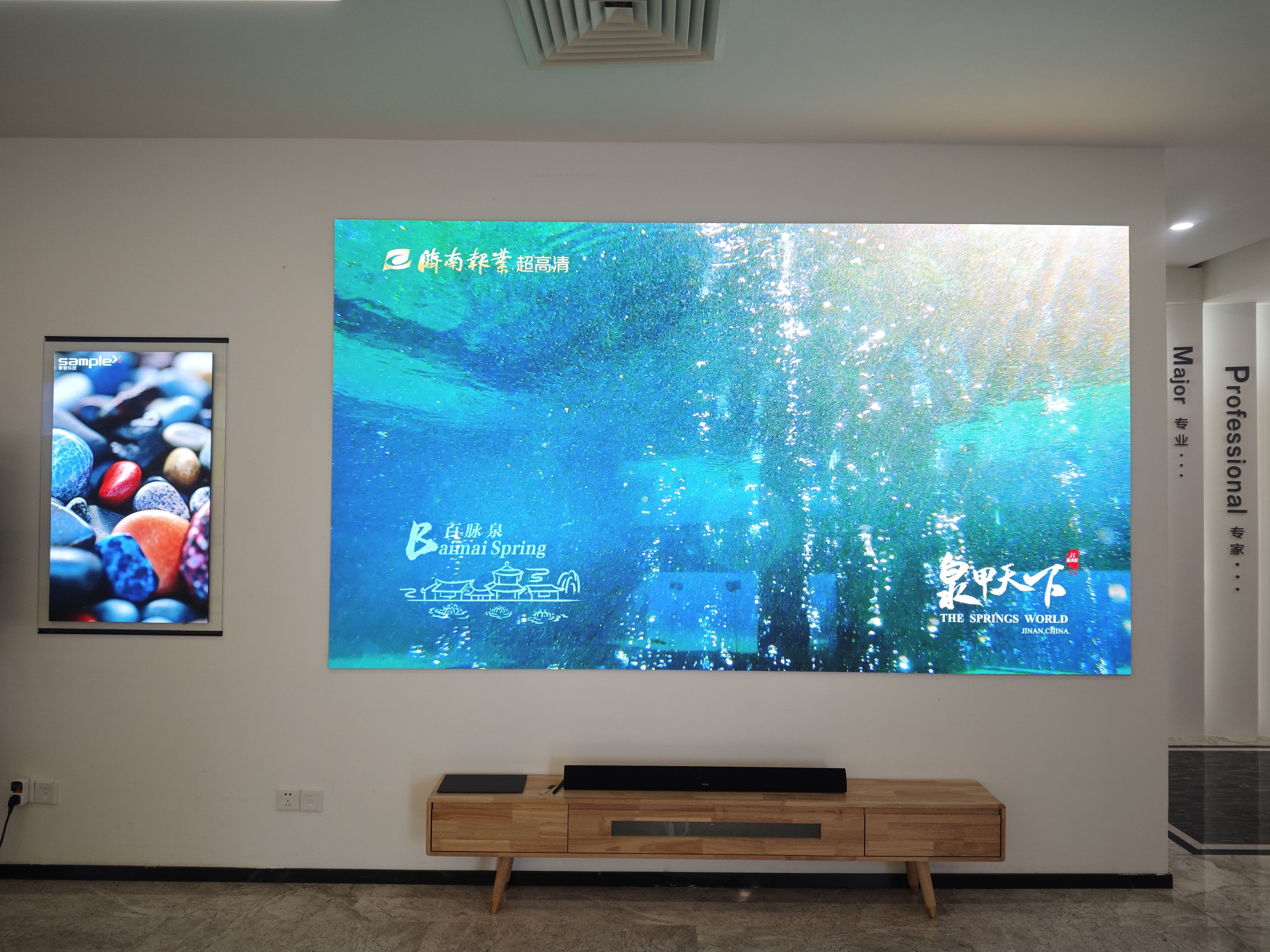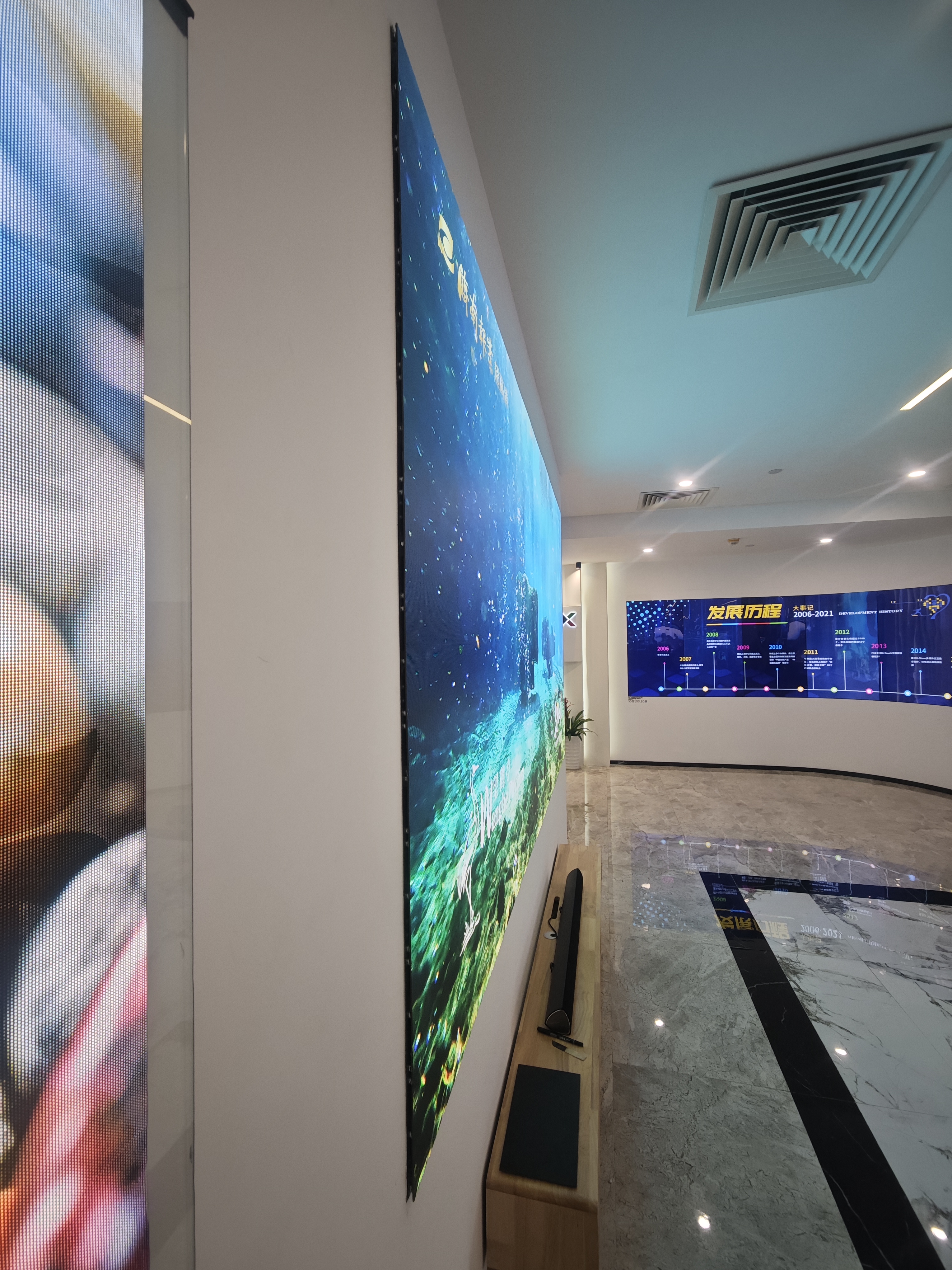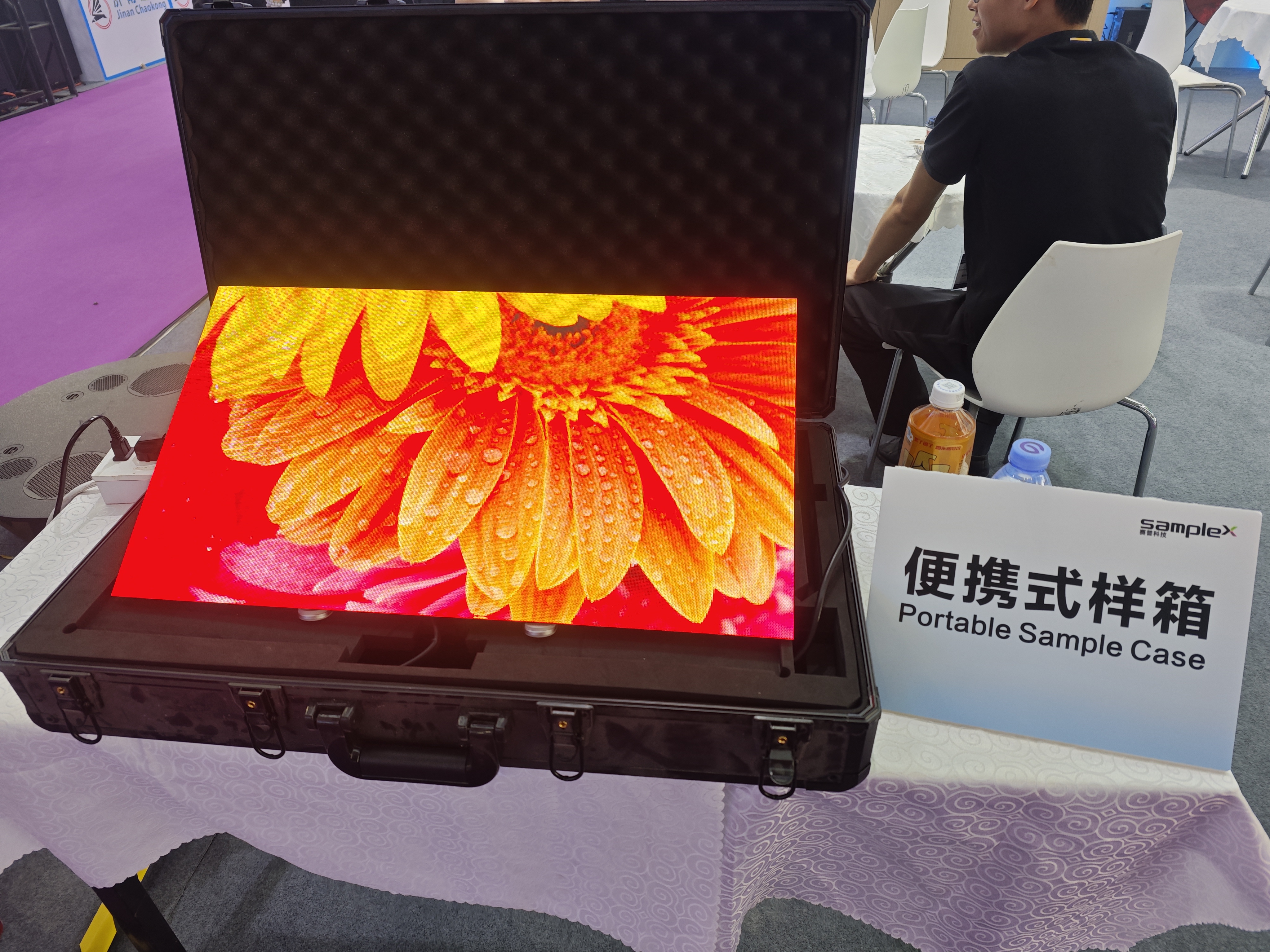LEDs Are Still Popular (and Improving) after All These Years
LEDs have come a long way since their humble beginnings over 35 years ago. What started as a simple light - emitting diode has evolved into a highly versatile and efficient lighting and display technology. In this article, we'll take a look at the history of LEDs, their traditional applications, and how technological improvements have led to new and exciting uses.

The Origins of LEDs
The story of LEDs begins in 1962, when Nick Holonyak Jr., a scientist at General Electric, invented the first visible - light - emitting diode. This early LED was red and had a relatively low efficiency, but it was a groundbreaking development that laid the foundation for future advancements. At the time, LEDs were primarily used as indicator lights in electronic devices, such as calculators and digital watches. Their small size, low power consumption, and long lifespan made them ideal for these applications.
The Evolution of LED Technology
Over the next few decades, significant progress was made in LED technology. In the 1970s, green and yellow LEDs were developed, expanding the color range available. However, these early LEDs still had limited brightness and efficiency, which restricted their use to mainly indoor and low - light applications.
The 1980s saw a major breakthrough with the development of high - brightness LEDs. These new LEDs were much brighter than their predecessors, making them suitable for outdoor applications such as traffic signals and outdoor signage. The introduction of gallium arsenide phosphide (GaAsP) and other advanced materials played a crucial role in achieving this increase in brightness.
In the 1990s, the invention of blue LEDs was a game - changer. Blue LEDs, developed by Shuji Nakamura at Nichia Chemical Industries, were essential for creating full - color LED displays. By combining red, green, and blue LEDs, it became possible to produce a wide range of colors, opening up new applications in display technology. This led to the rapid growth of the LED display market, as LEDs began to be used in large - screen displays for sports arenas, billboards, and digital signage.

How LEDs Work
LEDs operate based on the principle of electroluminescence. When an electric current is applied to a LED, electrons recombine with electron holes in the semiconductor material, releasing energy in the form of photons. The wavelength of the emitted light depends on the energy bandgap of the semiconductor material, which can be adjusted by changing the composition of the material. For example, gallium arsenide (GaAs) is used to produce red light, while gallium nitride (GaN) is commonly used for blue and green light.
One of the key advantages of LEDs is their ability to be easily dimmed and controlled. By adjusting the current flowing through the LED, the brightness of the light can be precisely regulated. This makes LEDs ideal for applications where variable lighting levels are required, such as in display backlighting and dimmable lighting fixtures.
LEDs Are Still Popular (and Improving) after All These Years
LEDs have come a long way since their humble beginnings over 35 years ago. What started as a simple light - emitting diode has evolved into a highly versatile and efficient lighting and display technology. In this article, we'll take a look at the history of LEDs, their traditional applications, and how technological improvements have led to new and exciting uses.

LED Display Technology
LED displays have become one of the most popular types of displays in recent years, thanks to their high brightness, wide viewing angles, and long lifespan. An LED display is composed of multiple LED pixels, which are arranged in a matrix. Each pixel typically consists of red, green, and blue LEDs, which can be individually controlled to produce different colors and brightness levels.
The pixel pitch, which is the distance between adjacent pixels, is an important parameter of LED displays. A smaller pixel pitch results in a higher - resolution display, making it suitable for applications where fine details are required, such as indoor video walls and high - end digital signage. Outdoor LED displays, on the other hand, usually have a larger pixel pitch to ensure good visibility from a distance.
Another important aspect of LED display technology is the driving circuit. The driving circuit is responsible for controlling the current flowing through each LED pixel, ensuring that the display produces a consistent and accurate image. Advanced driving circuits can also support features such as high - speed refresh rates, which are essential for displaying smooth video content.

Applications of LED Displays
LED displays are used in a wide variety of applications. In the advertising industry, LED billboards and digital signage are everywhere, attracting the attention of passers - by with their bright and colorful images. These displays can be updated remotely, allowing for easy content management and real - time advertising.
In the entertainment industry, LED displays are used in concert stages, theaters, and sports arenas. They can be used to create stunning visual effects, display live video feeds, and show advertisements. The large - scale, high - resolution LED displays in sports arenas can provide spectators with a better viewing experience, showing replays, player statistics, and other relevant information.
LED displays are also widely used in the transportation industry, such as in train stations, airports, and bus stops. They are used to display flight schedules, train timetables, and other important information, providing the public with convenient and timely information.
In addition, LED displays are increasingly being used in indoor applications, such as in conference rooms, shopping malls, and museums. Their high - brightness and energy - efficiency make them a good choice for these environments, where clear and vivid visual displays are required.
Future Trends in LED Technology
Looking to the future, LED technology is expected to continue to evolve. One of the key trends is the development of smaller and more efficient LED chips. Micro - LED and Mini - LED technologies are emerging as the next big thing in the display industry. Micro - LEDs are extremely small LED chips, which can be directly integrated onto a display substrate, offering higher resolution, better contrast, and faster response times. Mini - LEDs, on the other hand, are larger than micro - LEDs but still smaller than traditional LEDs, and they are mainly used for backlighting in LCD displays, providing better local dimming and higher brightness.
Another trend is the development of flexible and transparent LED displays. These new types of displays have the potential to open up new applications in areas such as wearable devices, automotive interiors, and architectural glass. Flexible LED displays can be bent and folded, making them suitable for use in curved screens and portable devices, while transparent LED displays can be used to create unique visual effects in windows and glass walls.
In conclusion, LEDs have come a long way since their invention, and they continue to play an important role in our lives. With continuous technological improvements, LEDs are expected to become even more widely used in the future, bringing us more energy - efficient, high - performance, and innovative lighting and display solutions.





